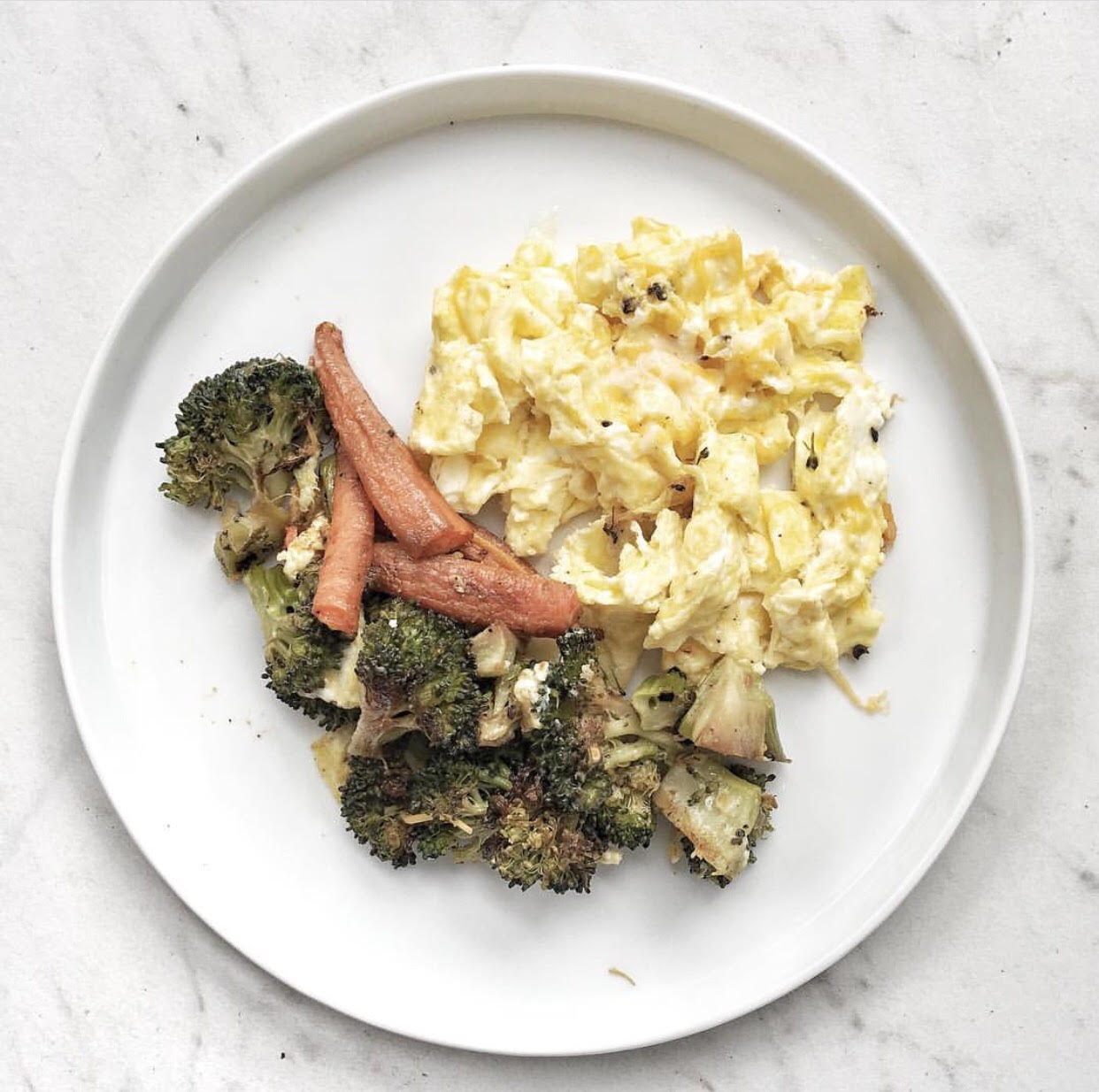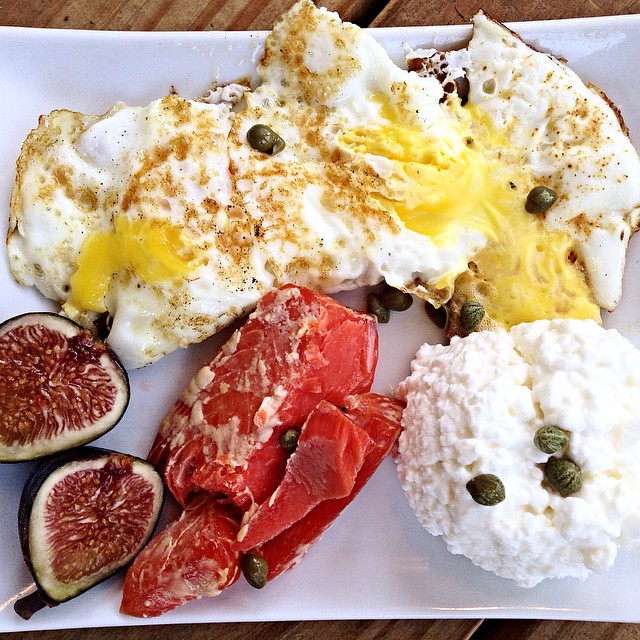
5 Foods for Heart Health

Heart health advice makes me cringe.
Low fat, low sodium, low cholesterol (egg whites!) no red meat, no dairy. We’ve been hitting up these recommendations for years to keep our hearts healthy and our weight in check and interestingly, heart disease and obesity have both skyrocketed. So, what’s the deal?
The deal is that we’re eating the wrong foods and we’re following the wrong advice. And we’re totally confused by the conflicting heart health advice floating around out there. The general public, as well as many medical professionals, agree that high cholesterol is one of the primary causes of heart disease. Wrong. The reality is, there is an enormous amount of research showing that blood cholesterol levels are not a significant risk factor for heart disease. Many researchers now agree that the primary cause of heart disease is actually inflammation.
What is inflammation?
A total necessary immune response that our body triggers when it needs to heal. But, when we’re not healthy, inflammation can occur continuously and become chronic inflammation. Stress, a crappy diet (high in sugar, low in nutrients), sitting all day and smoking are the heaviest contributors to chronic inflammation and it’s so taxing on our bodies in so many ways, and it is especially taxing on our heart health.
This isn’s a post about stress management and I’ll probably never try to get you to stop smoking (but seriously, stop). But, I will tell you to get off your ass and I will absolutely suggest cleaning up your diet. So I let’s get you half way there.
Heart health advocates focus a lot on what not to eat to improve heart health. And I have a nice little list (most of which involves sugar) of “what not to eat” myself. But today, in the spirit of Valentine’s Day and in the spirit of focusing on DOING things for our health instead of not doing things, I’m going to focus on what you should be eating.
To combat heart disease, I don’t focus on cholesterol or blood pressure – I look at reducing inflammation. Focus on reducing inflammation in the body, and things like lowered cholesterol and blood pressure will follow.
Foods for Heart Health
-
Dark, Leafy Greens: Antioxidants and Phytonutrients – dark leafy greens, I’m pretty convinced, will solve all of life’s problems. A function called “oxidation” occurs in your body where energy is produced and stored. It’s a totally normal function when it’s under control, but when it’s not, it can do a ton of damage to our cells and DNA. We need antioxidants [like the ones you find in leafy greens] to combat oxidation because oxidative damage is highly correlated with heart disease. So, we need the antioxidants found in fruits and vegetables, especially dark, leafy greens. Try this Kale Salad to get in extra greens.
-
Eggs: A Superfood – You’ll find eggs on nearly all of my lists, including my Top 10 Foods on a Budget. They’re one of the most nutrient-dense foods on the planet, and I’m not talking about the whites. I’m talking about the yolks – yes, that high cholesterol yolk that has been proven to not cause heart disease. Eggs actually have a lot of heart-protective properties, including 13 essential nutrients, antioxidants, and tons of vitamin A, B, D and E. This egg dish is one of my favorite breakfasts.
-
Coconut Oil: Stable Oil – So, one of the worst things for your heart (and just your health in general) are industrialized oils. What??? Yeah, most Americans consume these types of oils all day, every day. These are the oils found in processed foods, most restaurants, and even at home in vegetable oils that aren’t cold-pressed. These oils are really high in omega-6 fatty acids, which promote oxidative damage and inflammation. Coconut oil is a stable oil that can be heated to really high temps without oxidizing and becoming damaged. Another really stable fat that’s great for cooking is ghee (clarified butter). I use both interchangeably!
-
Greek Yogurt: Vitamin K2 – You probably don’t think “vitamin K” when you think about yogurt. But, fermented foods like yogurt and sauerkraut contain vitamin K2 which is super important for calcium deposit – it puts calcium in all the right places (like bones and teeth!) and keeps it out all of the wrong places (like heart tissue!). You can also find high concentrations of vitamin K2 in cheese and grass fed butter. And remember, keep it plain and keep a little fat in there – 2% or 4%. This ranch dip is an easy way to get in lots of Greek yogurt!
-
Salmon: Vitamin D + Omega 3’s – Vitamin D has been shown over and over again to be protective against heart disease. It’s a pretty cool vitamin – it actually acts as a hormone in the body and is involved with several different systems like the immune system and the neuromuscular system. In the cardiovascular system, vitamin D has a calming effect. It preserves the heart by preventing it from overworking. And, unless you’ve been living under a rock for past 15 years, you know that omega-3 fatty acids are protective of heart health, but what you may not have known is that it’s because they’re incredibly anti-inflammatory.
Bonus: Dark Chocolate – Hey, it’s Valentine’s Day week. I’m gonna throw you a bone here. Dark chocolate – and I mean really dark, good quality chocolate (no, that doesn’t include Hershey’s) – is actually a decent source of magnesium which most Americans are deficient in. Dark chocolate (or, cacao to be exact) is also an incredible source of antioxidants. Some of my favorite brands are Green & Black and Dagoba, but Ghiradelli actually has a pretty solid collection of dark chocolates as well.


